Amritsar: Pool of Nectar
Enchanting Amritsar, located in the state of Punjab, is a city steeped in history and spirituality. Established as a place of pilgrimage, Amritsar derives its name from the sacred tank or pool called the Amrita Saras (Pool of Nectar), where the revered Golden Temple was built. Known as the spiritual and cultural center of Sikhism, Amritsar attracts tourists from all corners of the globe.
Founded in 1577 by Ram Das, the fourth Guru of the Sikhs, on a site granted by the Mughal Emperor Akbar, Amritsar holds a special place in the hearts of Sikhs worldwide. The city is renowned for its iconic Golden Temple, the poignant Jallianwala Bagh memorial, and the vibrant Wagah Border ceremony. Additionally, Amritsar is celebrated for its delectable cuisine, offering a culinary experience like no other.
In recent years, Amritsar has also gained recognition as a delightful shopping destination, offering a unique blend of traditional and modern shopping experiences. With its rich history, spiritual significance, and cultural vibrancy, Amritsar truly stands out as a must-visit destination for travelers seeking a deeper connection with India’s heritage and traditions.
Tourist places in and around Amritsar:
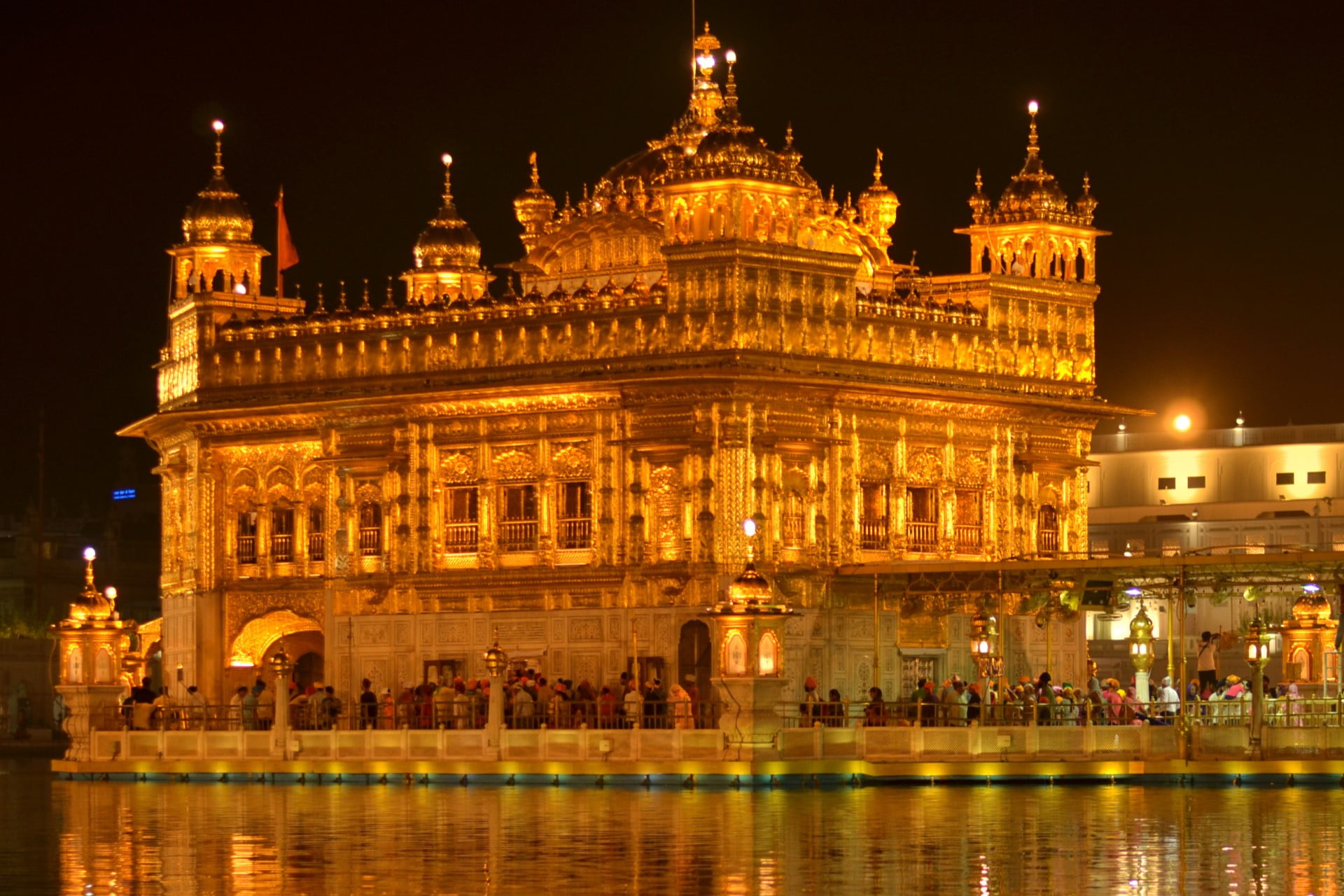
Golden temple (Harmandir Saheb/ Darbar Sahib)
Inside the Golden Temple Complex
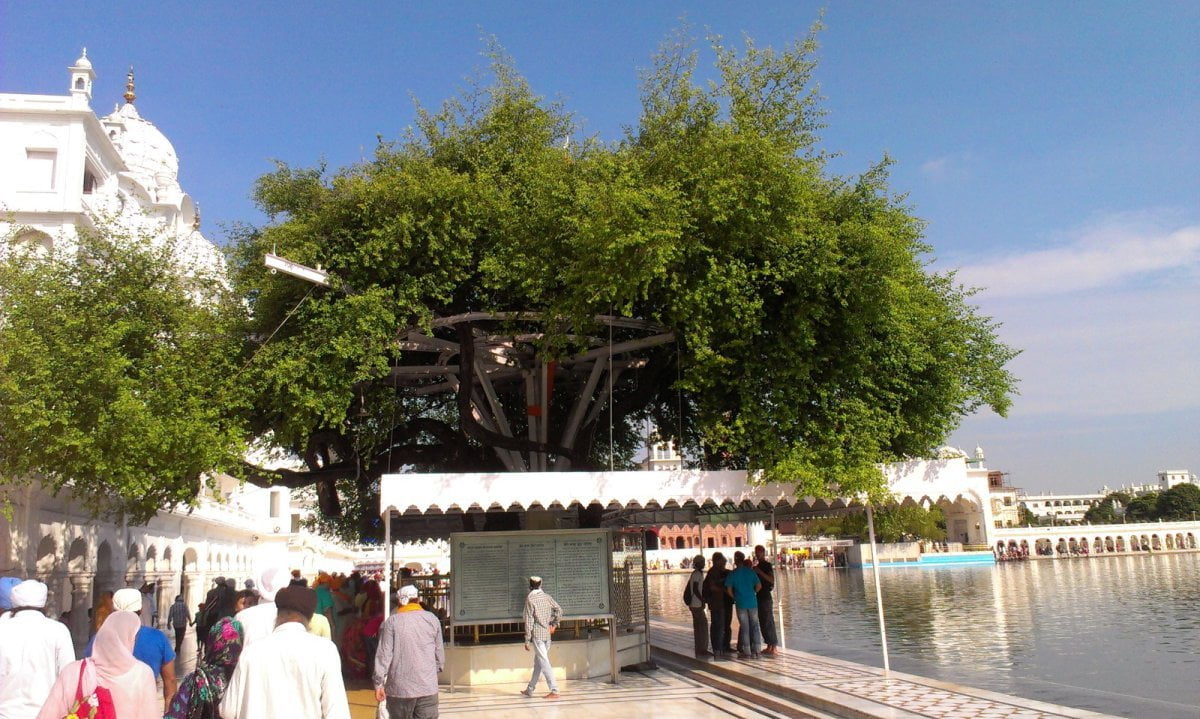
The Beri Tree:
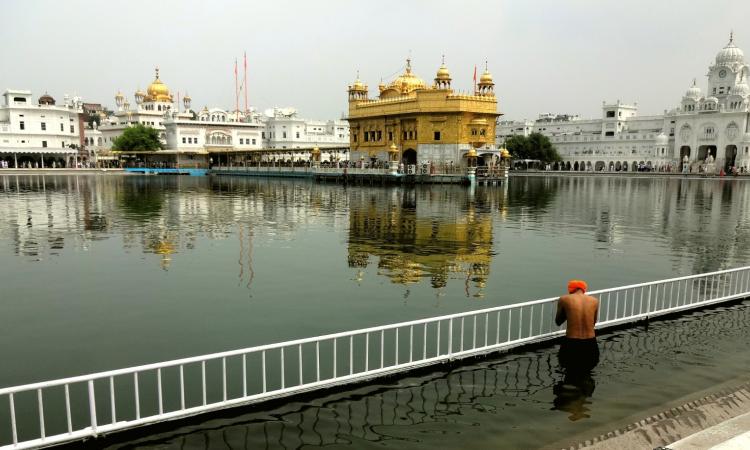
The Holy Tank:
Interesting Facts
- Lord Buddha mediated at the Sacred Site.
- The Golden Temple was founded in 1574 by the fourth Sikh Guru, Guru Ram Das.
- The Golden Temple was completed in 1604.
- Baba Deep Singh died inside the Golden Temple.
- Stairs to the temple goes downwards which symbolize the humble way of living.
- The ceiling of the Temple is made of real gold and precious stones.
- The Largest free kitchen in the world.
- The Temple organizes the largest Langar Sewa in the world and serves around 100,000 devotes daily.
- The Temple is located on a level below the ground level.
- The Temple is open to all Religions, Caste and Creed.
- The Golden Temple is surrounded by a Sacred Pond which is believed to have medicinal properties.
- The exquisite Golden Temple is a unique blend of the Hindu as well as the Islamic architecture. The shrine is decorated with marble sculptures and paintings that look similar to Taj Mahal.
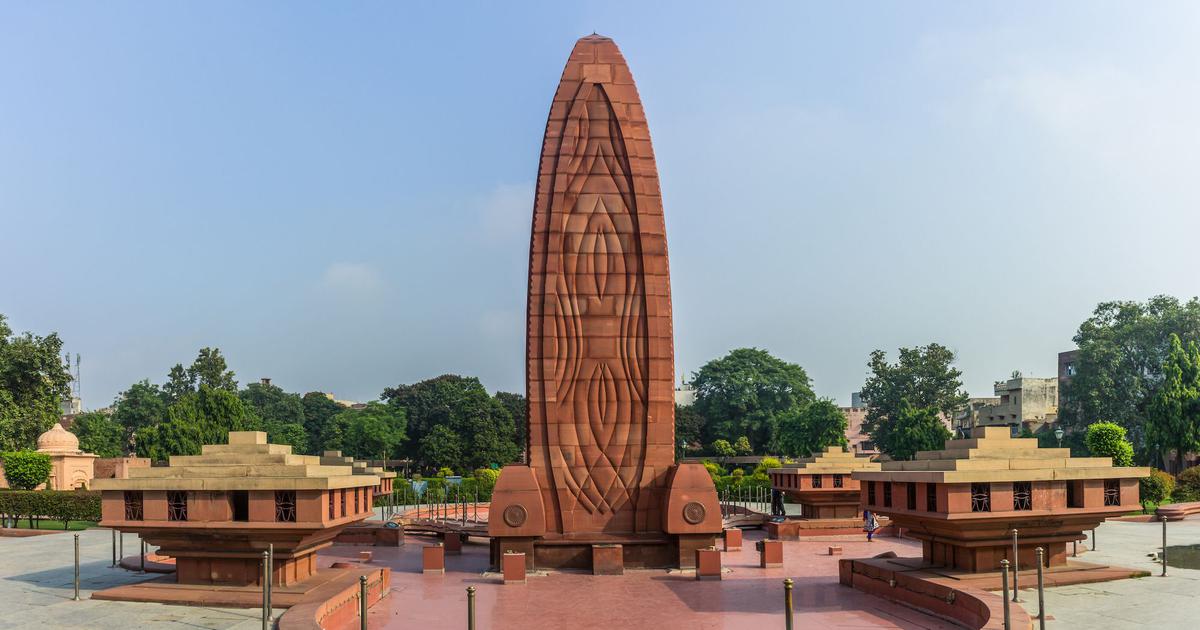
Jallian Wala Bagh: Massacre of Amritsar
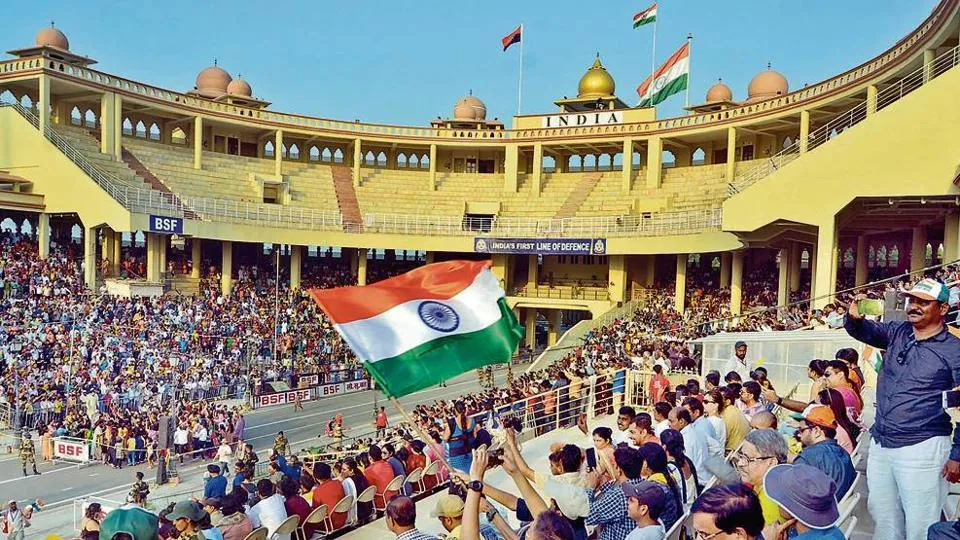
Attari-Wagah Border Flag Ceremony
Quick Facts:
- There are no fees for attending the Wagah border ceremony.
- Seats are available on first come first serve basis.
- The retreat ceremony starts at 5:15 Pm in summers and 4:15 Pm in winters.
- Ideal time to reach Wagah Border is an hour before the ceremony.
- You can use phone and capture pictures and videos of the ceremony.
Street food Amritsar:
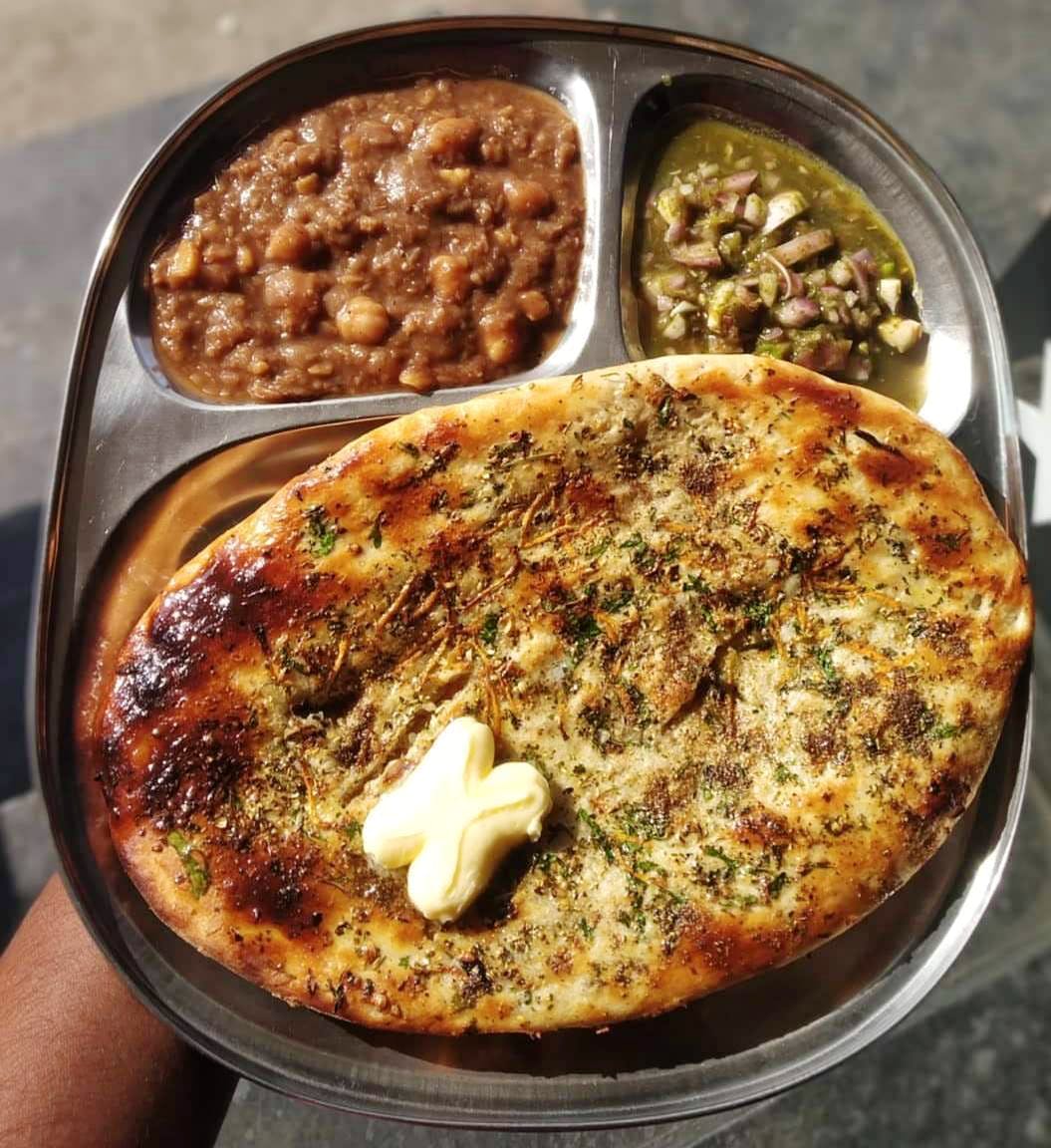
Kulcha:
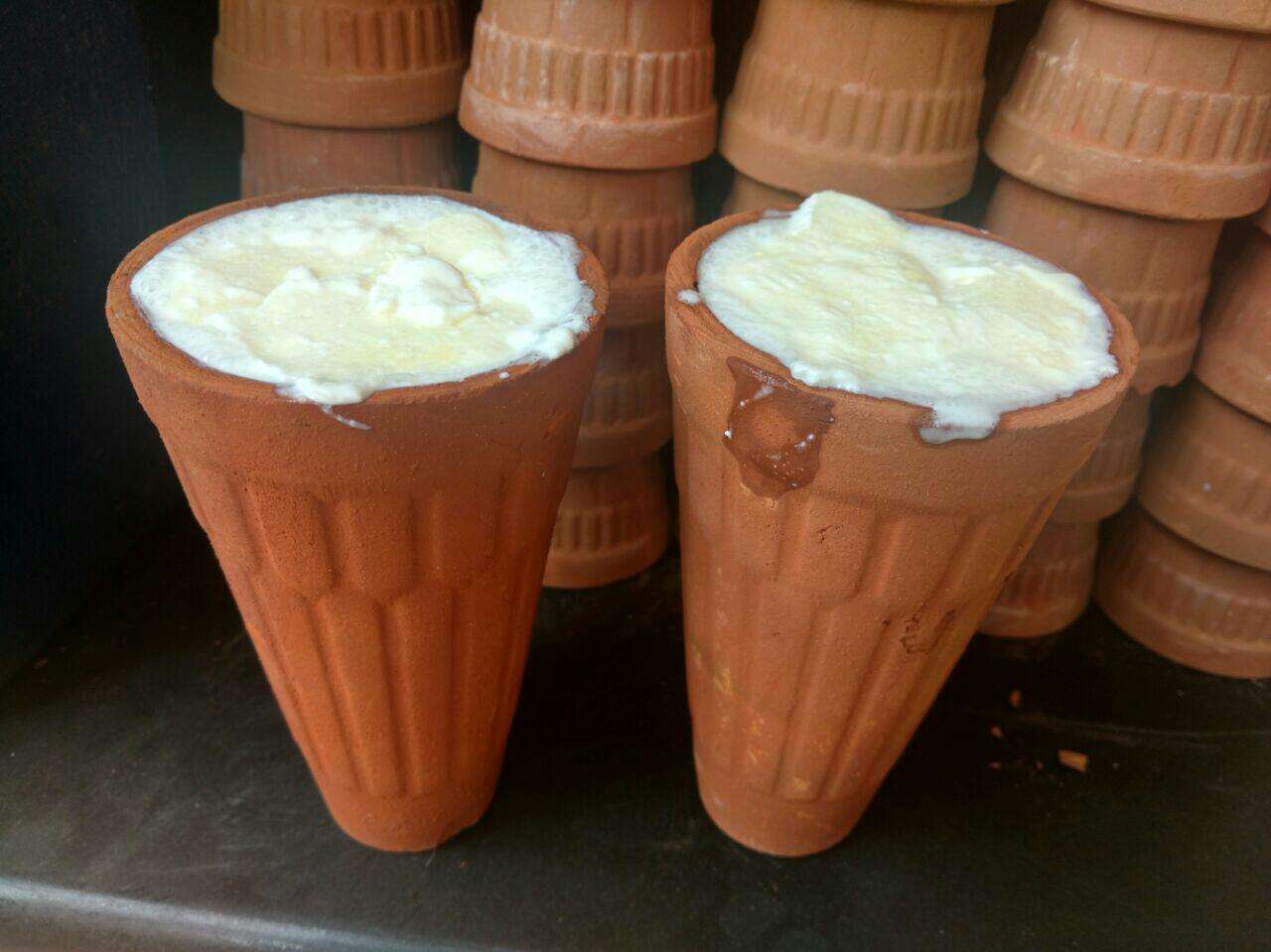
Lassi:
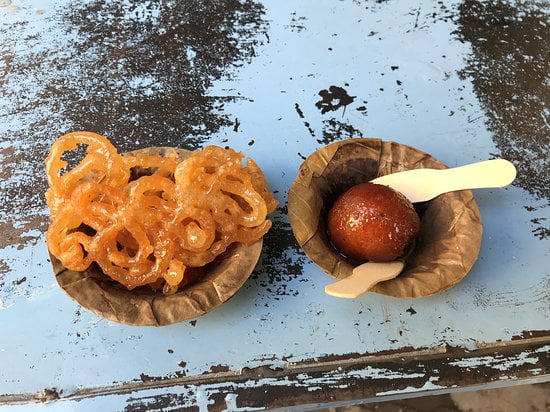
Gulab Jamum:

Got a Question?
Our Destination expert will be happy to help you resolve your queries for this Destination.
10:30 AM – 8:00 PM (Mon to Sat)
Email:- [email protected]
Things to Remember in Golden Temple Amritsar
- On arrival at the Golden Temple, both men and women are required to wear a scarf over their head (don’t worry if you forget to bring a scarf as headscarves are sold outside at a very cheap price).
- All visitors must remove their shoes and wash their feet by walking through pools before entering the temple, as there is a cloakroom in the Golden Temple for shoes.
- At every entrance to Sri Harmandir Sahib, there is provision for keeping shoes, and luggage of the devotees, free of cost. One must get a token after depositing one’s shoes/belongings.
- Please switch-off your mobiles before entering into the Sanctum Sanctorum.
- Wash your feet/hands, and cover your head properly before entering the holy complex.
- Cigarette, Biri, Tobacco or other intoxicants are strictly prohibited inside the holy premises.
- Inside the Golden Temple chewing gum, sun glasses and photography are prohibited.
- Anyone can take a dip in the holy sarovar (pool of nectar) but use of soap or shampoo is not allowed.
- The wet clothes may kindly be deposited in a Wet-Clothes-Room.
- If you so desire, you can wash yourself with soap at the washrooms provided in the parikarma (periphery).
- Swimming is strictly prohibited in the sarovar.
- Do not accept eatables from strangers.
These instructions are only precautionary, which are similar to any other religious/tourists place. - Photography is allowed only in the outer Parikarma. For special reasons permission for photography inside of The Golden Temple may be sought from the President/Sec. (SGPC) or Manager (Golden Temple).
- Offerings in cash and kind are accepted in the Golden Temple.
- Please get a receipt on offering donations for langar (community kitchen), building.
- It is strictly prohibited to serve or eat any eatables in the Parikarma, or to loiter about with uncovered head.
- It is not allowed to read or sell newspapers or play cards in the Parikarma.
- Nobody can hold a religious congregation or deliver a lecture inside the Parikarma, unless permitted by SGPC.
- Devotees should not pay any money to Sewadars on duty.
- Please deposit your valuables including jewelry and cash at the counters provided for the same in the Sri Darbar Sahib complex.
- Any complaint regarding any staff member / Sewadar / Management should be lodged at the office of Sri Harmandir Sahib located in the Parikarma near Darshni Deori and Ber Baba Budha Ji.
- Karah-Prasad (holy offering) should be distributed only after one’s exit from the Sanctum Sanctorum. Its distribution on the bridge creates congestion which hampers the smooth movement of devotees.
- Please do not take bath at Har Ki Paori.
- If any infant happens to urinate in the Parikarma, please clean it immediately or inform the duty Sewadars about it.
- Walk clockwise around the pool and temple on the wide marble walkway














